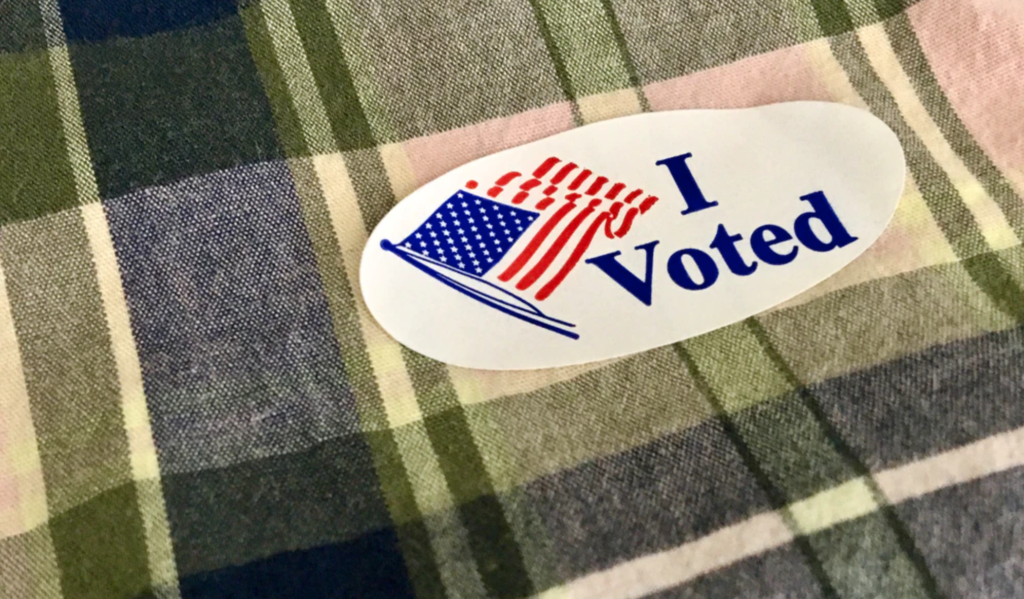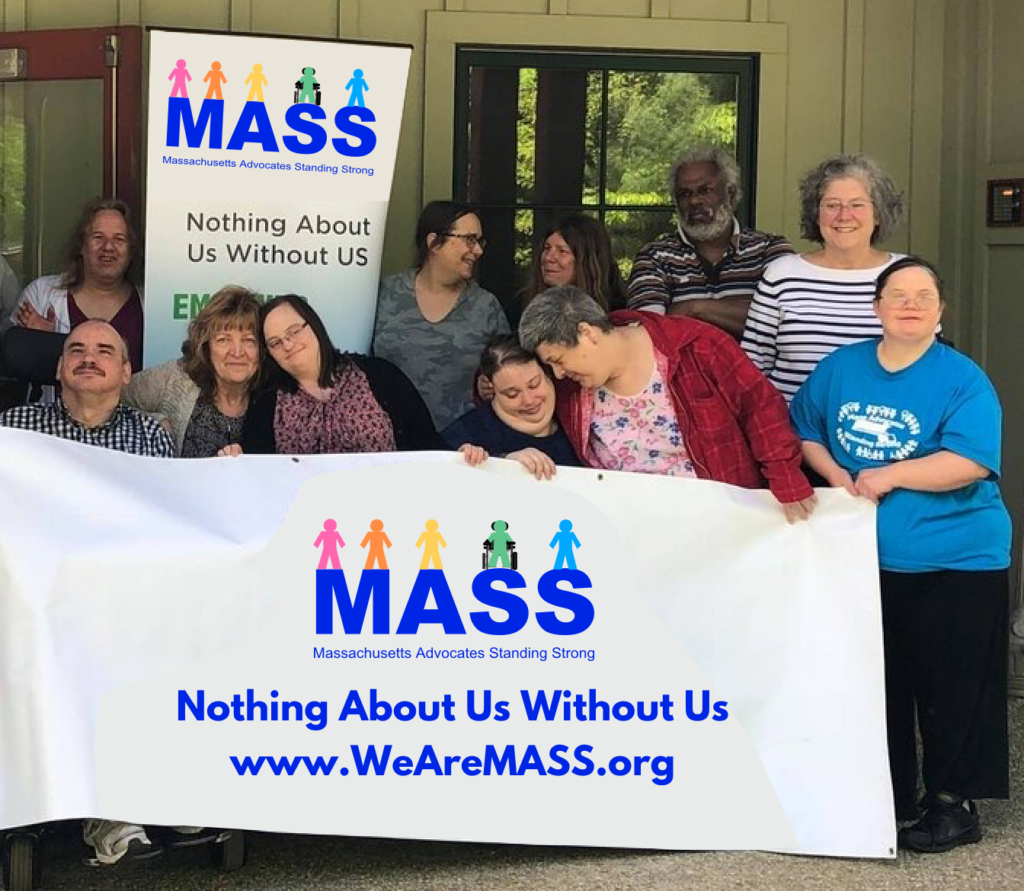Authors’ Note: This is the easy read* version of another Blog post.
- There are over 1 billion people in the world who have a disability. During their lives, most people in the world will either have a disability or know someone who does.
- The Americans with Disabilities Act (ADA) is an important law that says people with all disabilities should have the same chances to do things as anyone else. But in the real world, it is hard to make other people follow the law.

- When the ADA became a law in 1990, many people believed that people with intellectual or developmental disabilities (IDD) needed guardians to make decisions for them. The ADA did not specifically talk about this issue.
- Many guardians help people with disabilities avoid making big mistakes. But some guardians can get in the way of people making their own decisions. This can deny them opportunities to grow.
- An idea called supported decision-making is an alternative to guardianship. It says that people with IDD should get help making their own decisions instead of others making decisions for them. Self-advocates can use this new tool to advocate for the support they and their peers want to make their decisions. This way, they can have more control over their lives.
- A United Nations treaty called the Convention on the Rights of Persons with Disabilities says that supported decision-making is a human right. This means people with disabilities around the world can advocate to make their own decisions even if they get help from others to make decisions.
- One of the authors once had a conservator (another word for guardian). The author is glad not to have a conservator now because the author no longer gets along with the former conservator. The author prefers to make financial decisions without having to speak to the former conservator and is quite capable of doing so.
- One of the authors has a cousin who has a guardian. That cousin wanted to vote. The cousin’s immediate family believed she could not vote because she had a guardian. The author told the family that was incorrect, but the family members did not change their minds, so the author’s cousin did not have the chance to vote.

- One of the authors knows a man who has two family members as guardians. He wants to change where he lives and move out of the city. He has done a lot of work to prepare for his move. But when he shared his plans with his guardians, they told him they disagreed with his decision. So, if he wants to move, he is faced with having to go to court.
- One of the authors has volunteered with an organization where people with disabilities help make important decisions. Their practical know-how and compassion has helped the organization make good decisions and taught the author lessons in thoughtful decision-making.
- One of the authors wanted to hike a mountain trail but many people said she could not do it. The author believed it was possible and got a group of supporters together to help. The author hiked a mountain trail with help from others. This is an example of how supported decision-making can help people do what they want.

- It is important that all people with disabilities have chances to dream big, just like anyone else. We all make mistakes sometimes and it is important to learn from them. There is a saying that if something does not work the first time, one should try again. Individuals with disabilities are no different. They should have the confidence to dream big and try new things.
- Massachusetts Advocates Standing Strong (MASS) is an organization run by people with intellectual and developmental disabilities (IDD). It works to help people with IDD to advocate for their rights. MASS has formed a special group to study supported decision-making. This group has talked to many people with IDD and created tools to help people better understand supported decision-making.

- We hope that this group’s work can help to close the gap in the ADA that lets guardians make decisions for people with IDD. We hope that more people with IDD have chances to make their own decisions.
* What is easy read?
“Easy read” texts present information in an accessible, easy-to-understand format. Easy read texts generally have larger font sizes, use images to complement text, and break down ideas into short sentences. They are often useful for people with intellectual and developmental disabilities and are likely beneficial for many other people, too. A good example of an easy read text is the easy read version of General Comment No. 7 produced by the United Nations Committee on the Rights of Persons with Disabilities. Another good example is the easy read submission by a Hungarian self-advocacy group as part of the same Committee’s periodic reporting process. A third example is the easy read summary included by the Mexican Supreme Court at the beginning of its 2013 decision involving a man with intellectual and/or developmental disabilities who challenged his guardianship. Increasingly, international organizations, governmental bodies, and civil society groups are working to provide information in formats that are accessible to people with various disabilities, and such as easy read texts and embedded alternative text on images for people with print disabilities.